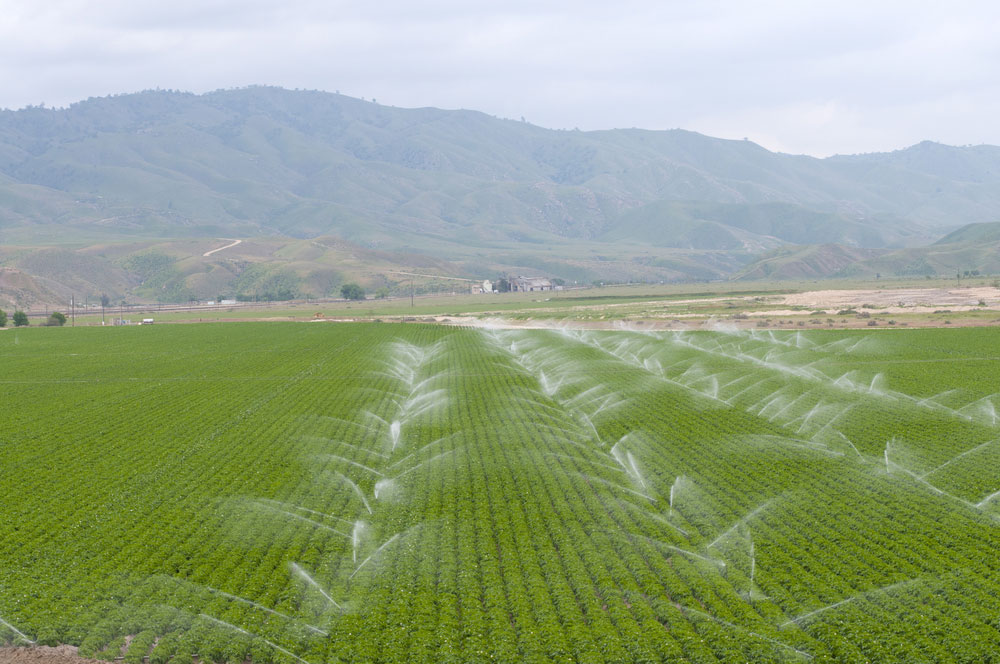Obesity Hits Rural Areas Harder

People living in the rural United States are more likely to be obese than those living in cities, a new study says.
Results show that 39.6 percent of rural adults, but only 33.4 percent of urban adults are obese.
When researchers took into account people's diets, physical activity levels and demographic variables known to affect obesity, such as age and income level, data showed that people living in rural regions were 18 percent more likely to be obese than their urban counterparts.
Differences in diet and the isolation of rural communities are the two main reasons for the difference, said study researcher Christie Befort, assistant professor of preventive medicine and public health at the University of Kansas Medical Center.
"There is a definite cultural diet in rural America, full of rich, homemade foods, including lots of meat and dessert," Befort said in a statement. Rural Americans in the study ate diets higher in fat, a finding that supports other evidence that cultural eating practices — such as the "country cooking," that Befort described — and less access to healthy foods play a role in fat consumption, the researchers said.
The isolation of rural communities also likely contributes to their higher obesity rate, Befort said. "It's tough to get to a gym if you live outside of a town without one."
About 70 million people in the United States live in rural areas, according to the study. Other reports have shown that people who live in rural regions have higher rates of rates of chronic diseases and shorter average life spans.
Sign up for the Live Science daily newsletter now
Get the world’s most fascinating discoveries delivered straight to your inbox.
Additionally, previous studies have suggested that obesity rates are higher among people in rural areas. However, those studies relied on people's own reports of their heights and weights, which are less reliable than measurements taken by professionals, the researchers said.
In the new study, researchers relied on more objective information, analyzing data gathered from 7,325 urban and 1,490 rural adults during the National Health and Nutrition Examination Survey, conducted from 2005 to 2008 by the Centers for Disease Control and Prevention. Survey participants underwent a physical exam, with their heights and weights measured by health-care providers.
The new study’s researchers broke down the obesity rates by age groups, finding the greatest difference in obesity rates between urban and rural 20- to 39-year-olds; among people older than 40, the difference was smaller. Thirty-eight percent of rural adults in their 20s and 30s were obese, whereas 28 percent of urban adults this age were obese, according to the study.
"Younger adults in rural areas may be more susceptible to weight gain due to changes in the environment over the past 30 years," the researchers said. While rural adults have traditionally eaten more calories and higher-fat diets, they have also historically been more physically active. In recent decades, mechanization has led to a decrease in the vigorous physical labor performed by some members of rural communities, while eating patterns have not changed.
"Physical activity is now needed to compensate for diet and technology," Befort said.
The proportion of people who met recommendations for physical activity did not differ between rural and urban groups – about one-third of both rural and urban adults engaged in at least the recommended amount of 150 minutes of moderate exercise weekly.
The researchers noted that their data show obesity rates at one point in time; studies that follow people over time are needed to confirm the link.
The findings were published Sept. 14 in the Journal of Rural Health.
Pass it on: People in rural U.S. areas are more likely to be obese than those in cities.
FollowMyHealthNewsDaily on Twitter @MyHealth_MHND. We're also on Facebook & Google+.










